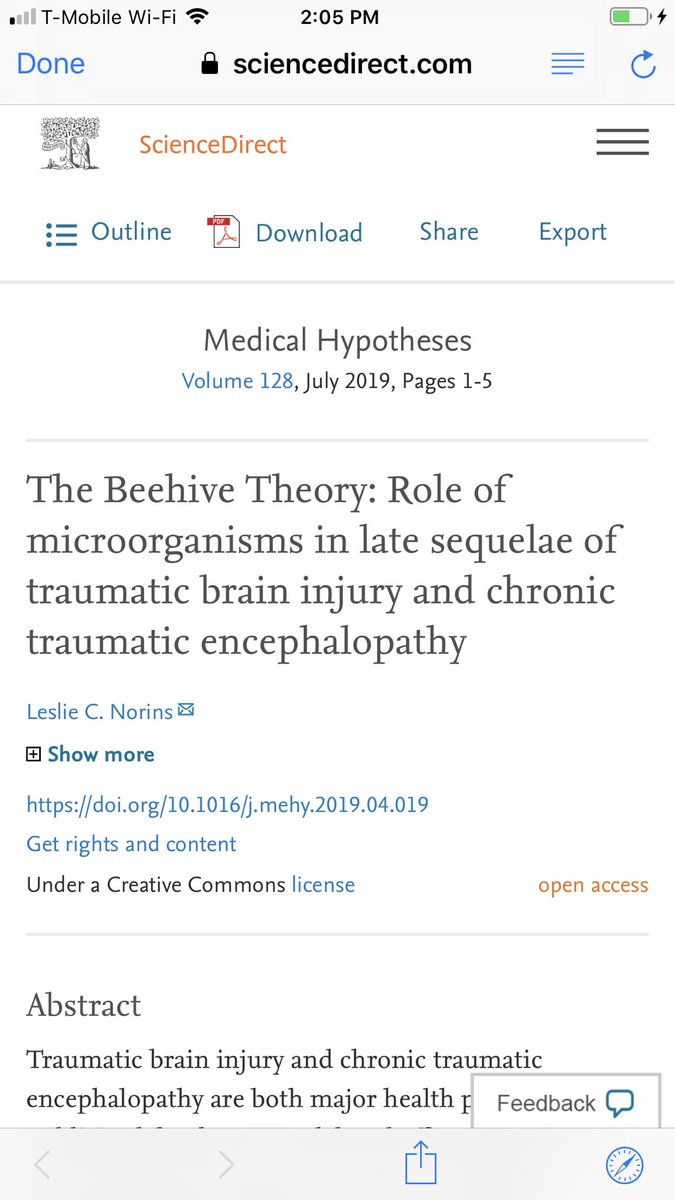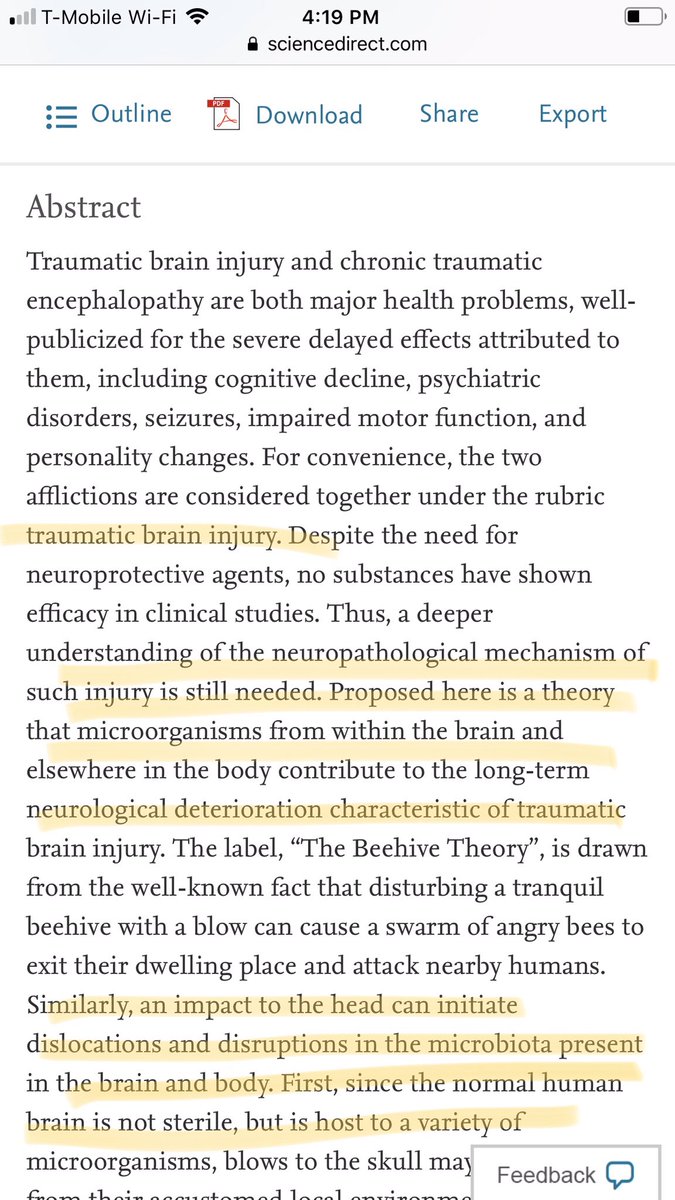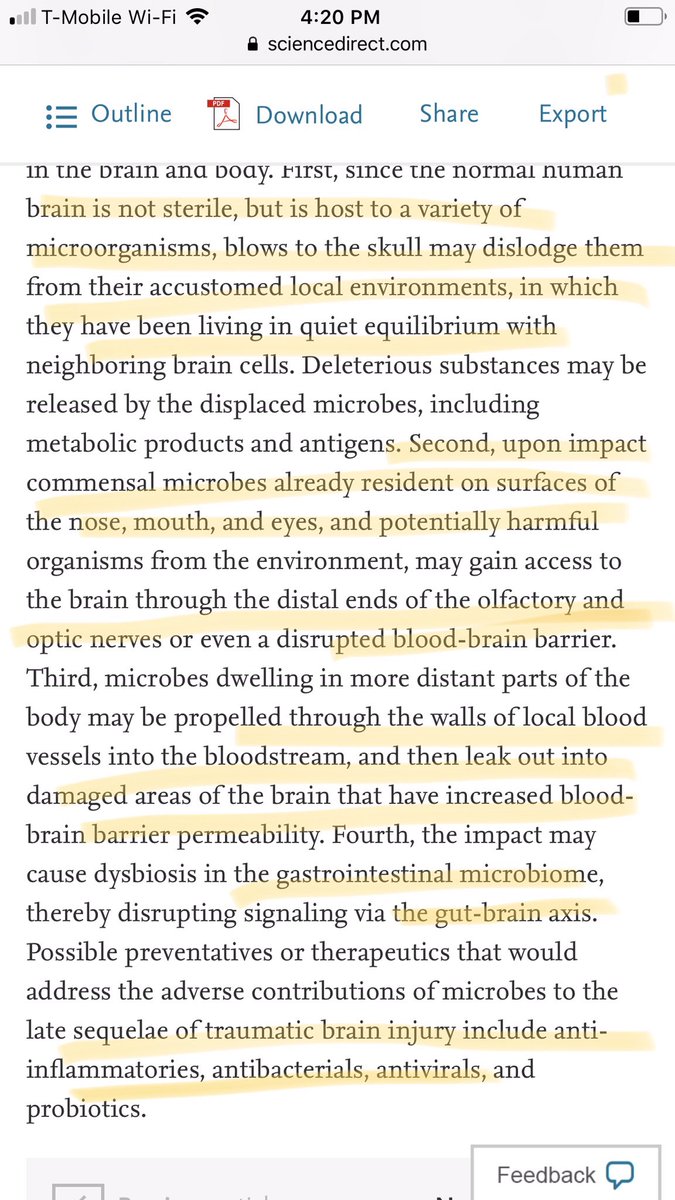But we barely ever realize that the rivers are us.
But I can reflect on all the rivers that nourished my body in this life.
This is why, in all our bodies flows a little bit the greatest river on earth: Amazon.
Ōm bhūrbhuvah suvah.
Twitter may remove this content at anytime, convert it as a PDF, save and print for later use!

1) Follow Thread Reader App on Twitter so you can easily mention us!
2) Go to a Twitter thread (series of Tweets by the same owner) and mention us with a keyword "unroll"
@threadreaderapp unroll
You can practice here first or read more on our help page!


